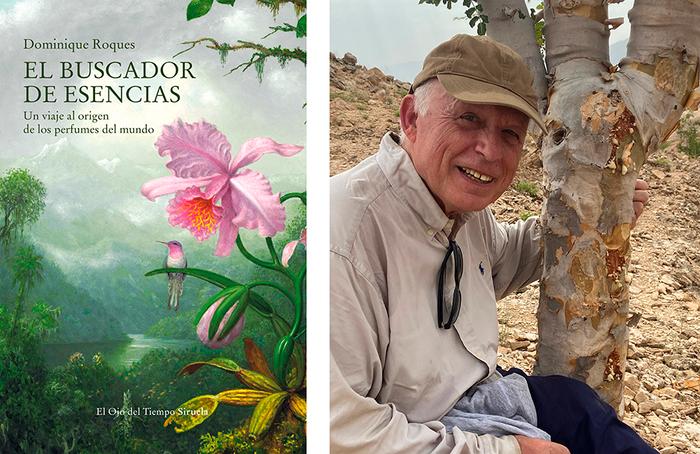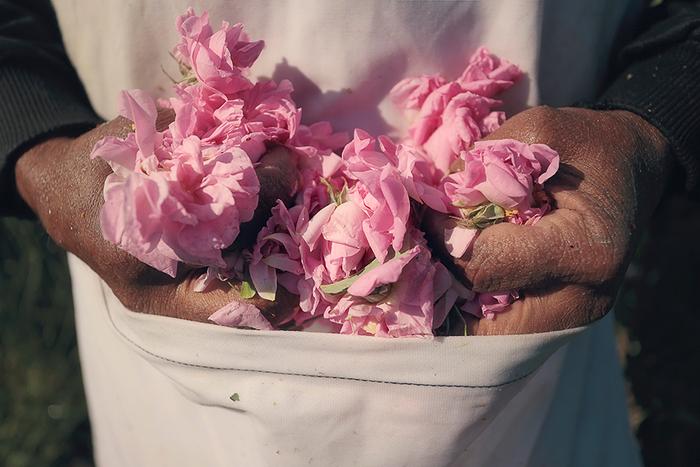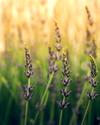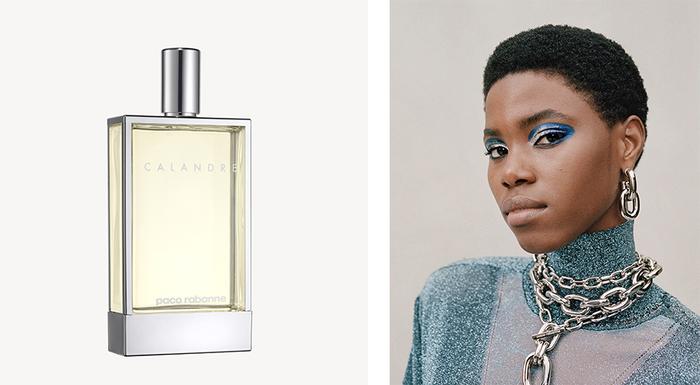What is the value of natural essences for fine perfumery?
They are essential for making high quality perfumes. It is a fundamental contribution. Moreover, natural ingredients have become a kind of "dream source" for perfume consumers. They have tremendous importance for brand marketing.
How can we translate the relevance of natural ingredients to consumers?
In my opinion, by talking about what is real; that is, by trying to visit the sources of the products to embark consumers on a real journey, which makes sense and gives them a realistic picture. Also, insisting on what scents bring to a fragrance, which requires honesty when talking about the contents of a perfume bottle.
How do you see the future of essential oils?
More and more producers are appearing, some from new generations, with a lot of passion and a desire to work in an ethical and sustainable way. There are examples of this in many countries.
Brands are increasingly looking for such companies and want to rely on the quality of a job well done.
The whole industry knows that it absolutely needs a high quality network of natural producers to maintain the palette of its perfumers and, at the same time, reflect an image of magical perfumes that are responsible for the planet.



